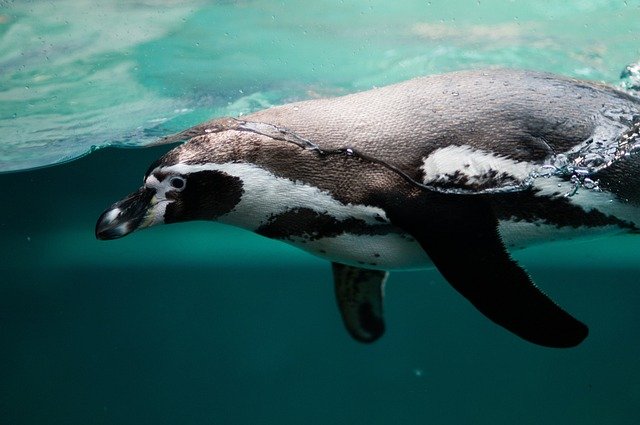**Title: "The Social Dynamics of Penguin Colonies: Understanding Their Unique Social Structures"** **

The Social Dynamics of Penguin Colonies: Understanding Their Unique Social Structures
Penguins are fascinating creatures, known not only for their distinctive appearance and behavior but also for their complex social structures. Living in colonies that can number in the thousands, these birds exhibit a range of social dynamics that are crucial for their survival and reproduction. In this post, we will explore the unique social structures of penguin colonies and how these dynamics play a vital role in their ecology.
1. Colony Formation and Structure
Penguin colonies are often formed in specific locations that provide safety from predators and easy access to food. The size and density of these colonies can vary significantly among species. For example, Emperor penguins tend to have smaller, more dispersed colonies, while Adélie penguins often form larger, denser groups.
Hierarchy and Social Roles
Within these colonies, penguins display a variety of social roles and hierarchies. Dominant individuals may have priority access to food and breeding sites, while subordinate members may engage in cooperative behaviors that strengthen social bonds.
2. Communication and Social Interaction
Penguins rely heavily on vocalizations and body language to communicate within their colonies. Each species has a unique set of calls that can convey different messages, such as alerts about predators or calls to attract mates.
The Role of Vocalizations
Vocalizations play a critical role in maintaining social cohesion. For instance, during the breeding season, male and female penguins recognize each other’s calls amidst the cacophony of the colony, ensuring they can find their partners and care for their chicks together.
3. Parenting and Cooperative Breeding
One of the most remarkable aspects of penguin social dynamics is their parenting strategies. Many penguin species exhibit a high degree of parental investment, with both males and females sharing responsibilities in incubating eggs and feeding chicks.
Cooperative Care
In some colonies, penguins will engage in cooperative breeding, where individuals that are not breeding may help care for the young of others. This behavior not only increases the survival rate of the chicks but also strengthens social bonds within the colony.
4. Social Learning and Cultural Transmission
Penguins are also capable of social learning, where individuals observe and imitate the behaviors of others. This can include foraging techniques, predator avoidance strategies, and even social interactions.
Cultural Variations
Research has shown that different colonies can develop distinct behaviors and traditions, leading to variations in how they interact with their environment and each other. This cultural transmission is an essential aspect of their social dynamics.
5. Impact of Environmental Changes
The social structures of penguin colonies are not static; they can be influenced by environmental changes such as climate change, habitat destruction, and food availability. As these factors alter their habitats, penguins may need to adapt their social behaviors and structures to survive.
Resilience and Adaptation
Understanding the social dynamics of penguin colonies can provide insights into their resilience and adaptability in the face of environmental challenges. Conservation efforts that take these social structures into account are more likely to succeed in preserving these remarkable birds.
Conclusion
The social dynamics of penguin colonies are a testament to the complexity and adaptability of these fascinating birds. By studying their unique social structures, we can gain a deeper understanding of their behavior, ecology, and the challenges they face in a changing world. As we continue to learn more about penguins, it becomes increasingly clear that their social lives are as intricate and vital as their physical survival.
Feel free to share your thoughts or experiences with penguins in the comments below! 🐧✨

Upvoted! Thank you for supporting witness @jswit.